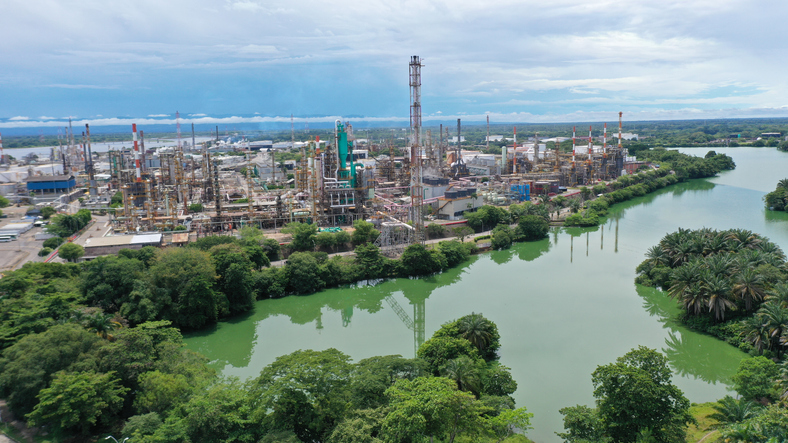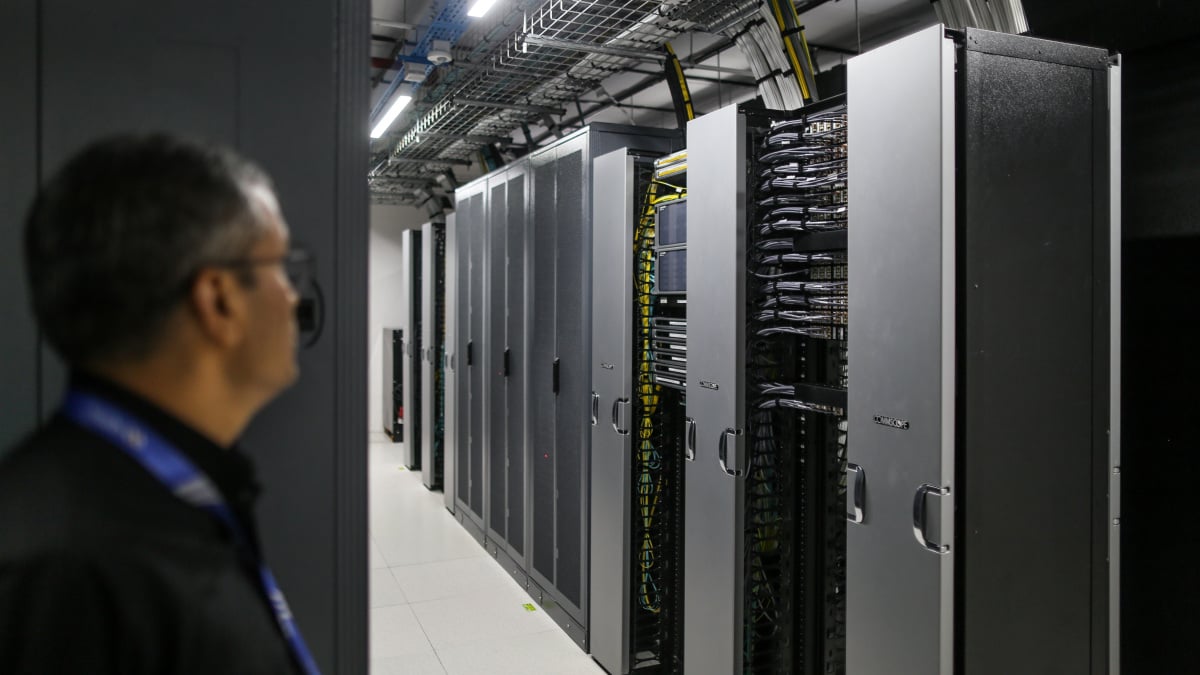Seafloor Devastation: Scientists Unveil Shocking Ecological Toll of Deep-Sea Mining
Environment
2025-03-30 14:30:00Content
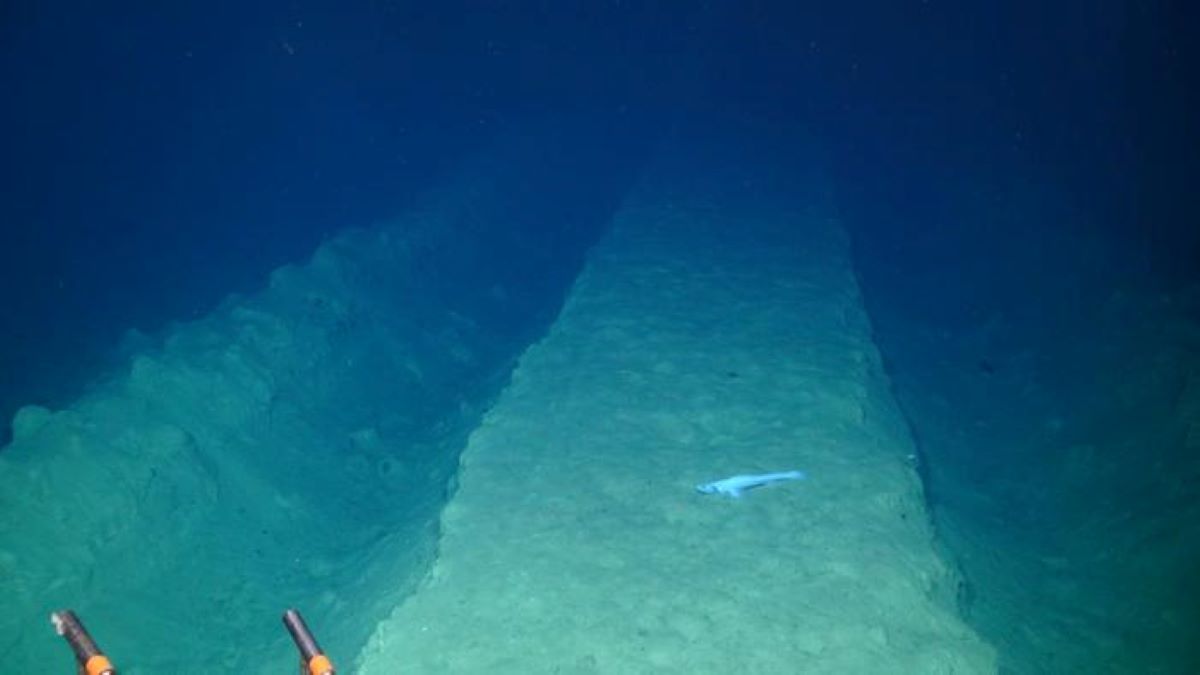
Deep beneath the ocean's surface lies a hidden treasure trove of minerals that could revolutionize green technology—polymetallic nodules scattered across the seafloor. Mining companies are now eyeing these potato-sized mineral deposits as a potential game-changer for electric vehicle batteries and renewable energy technologies. But a critical question looms: Can these delicate marine ecosystems truly recover from large-scale seabed mining?
These mysterious nodules, rich in nickel, cobalt, copper, and manganese, sit atop the ocean floor like geological time capsules. They form over millions of years, growing incredibly slowly in some of the planet's most remote marine environments. While they represent a potentially lucrative resource for emerging green technologies, scientists are raising serious concerns about the long-term environmental impact of extracting these underwater minerals.
Researchers are conducting extensive studies to understand how seabed mining might disrupt complex marine ecosystems. The process involves massive machines that would essentially vacuum these nodules from the ocean floor, potentially destroying habitats and disturbing intricate biological communities that have developed over centuries. The sediment plumes created during mining could spread far beyond the immediate extraction site, potentially smothering marine life and disrupting delicate ecological balances.
Preliminary research suggests that recovering these marine environments could take decades, if not centuries. The slow growth rate of deep-sea organisms and the fragile nature of these ecosystems mean that any disturbance could have profound and long-lasting consequences. Environmental groups and marine scientists are calling for more comprehensive research and cautious approaches before large-scale commercial mining begins.
As the world seeks sustainable resources for clean energy technologies, the debate around seabed mining represents a critical intersection of environmental preservation and technological innovation. The challenge lies in balancing our urgent need for critical minerals with the protection of some of the planet's least understood and most vulnerable ecosystems.
Deep Sea Mining: The Ecological Tightrope of Ocean Floor Resource Extraction
In the vast, unexplored depths of our planet's oceans, a controversial technological frontier is emerging that could fundamentally transform global resource extraction. Mining corporations are increasingly setting their sights on polymetallic nodules—mysterious mineral-rich formations scattered across the ocean floor—presenting both unprecedented economic opportunities and profound environmental challenges.Unveiling the Hidden Treasures Beneath the Waves: A High-Stakes Environmental Gamble
The Geological Landscape of Underwater Resource Potential
The ocean floor represents an extraordinary geological archive of mineral wealth, harboring complex ecosystems and intricate geological formations that have remained largely untouched by human intervention. Polymetallic nodules, resembling potato-like structures composed of critical metals like nickel, copper, cobalt, and manganese, represent a tantalizing prospect for industries seeking alternative resource extraction methods. These underwater mineral deposits have accumulated over millions of years through intricate geochemical processes, forming concentrated clusters of valuable metals that could potentially revolutionize technological manufacturing and renewable energy infrastructure. However, the extraction process introduces significant ecological uncertainties that demand rigorous scientific scrutiny.Technological Challenges of Seabed Mining Operations
Extracting these underwater resources requires sophisticated technological interventions that can navigate the extreme environmental conditions of deep-ocean environments. Specialized robotic vehicles equipped with advanced sensing and collection mechanisms must operate in pitch-black, high-pressure environments where traditional mining techniques become impractical. The mechanical disruption caused by these extraction processes generates substantial sediment plumes that can potentially devastate delicate marine ecosystems. Researchers are increasingly concerned about the long-term environmental consequences of disturbing these pristine underwater landscapes, which host complex biological networks that have evolved over millennia.Environmental Restoration and Ecological Recovery Mechanisms
The fundamental question confronting marine scientists and environmental researchers centers on the potential for ecological regeneration after extensive seabed mining operations. Current scientific understanding suggests that deep-sea environments possess remarkably slow recovery rates, with some ecosystems potentially requiring centuries to restore their original biological complexity. Comprehensive studies indicate that the physical disturbance caused by mining activities can fundamentally alter seafloor topography, disrupt nutrient cycles, and potentially eliminate entire microhabitat zones. The intricate symbiotic relationships among marine organisms could be irreparably damaged, creating cascading environmental consequences that extend far beyond the immediate extraction site.Regulatory Frameworks and International Governance
The emerging field of seabed mining demands robust international regulatory mechanisms to balance economic interests with environmental preservation. International maritime organizations and scientific bodies are developing comprehensive guidelines to mitigate potential ecological risks and establish sustainable extraction protocols. These regulatory frameworks must incorporate sophisticated environmental impact assessments, comprehensive monitoring systems, and adaptive management strategies that can respond dynamically to emerging scientific insights. The goal is to create a balanced approach that recognizes both the economic potential of underwater resources and the critical importance of marine ecosystem preservation.Future Perspectives and Technological Innovation
As technological capabilities continue to advance, researchers are exploring increasingly sophisticated approaches to minimize environmental disruption during resource extraction. Innovations in robotic technology, precision mining techniques, and real-time ecological monitoring systems offer promising pathways toward more sustainable underwater resource management. Interdisciplinary collaboration between marine biologists, geologists, engineers, and environmental scientists will be crucial in developing holistic strategies that can unlock the economic potential of seabed resources while maintaining ecological integrity. The future of underwater resource extraction hinges on our collective ability to balance technological ambition with environmental stewardship.RELATED NEWS
Environment

Green Funding Derailed: Trump Administration Axes $75M Tree-Planting Initiative Amid Diversity Crackdown
2025-03-01 23:03:20
Environment
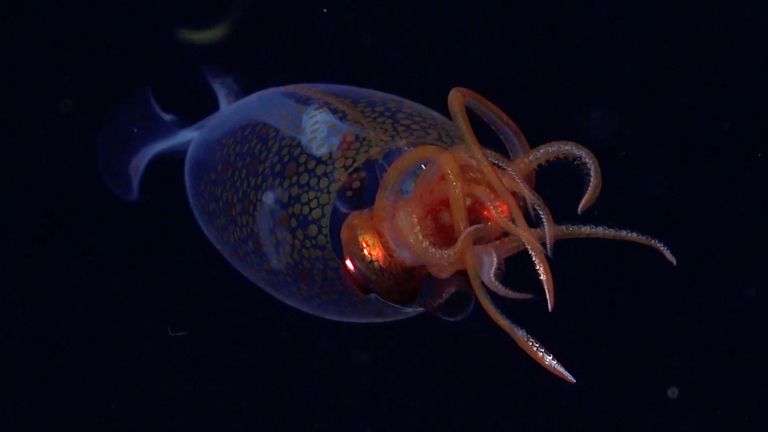
Deep Sea Mystery Solved: Elusive Colossal Squid Caught on Camera in Unprecedented Underwater Encounter
2025-04-16 09:09:00
Environment
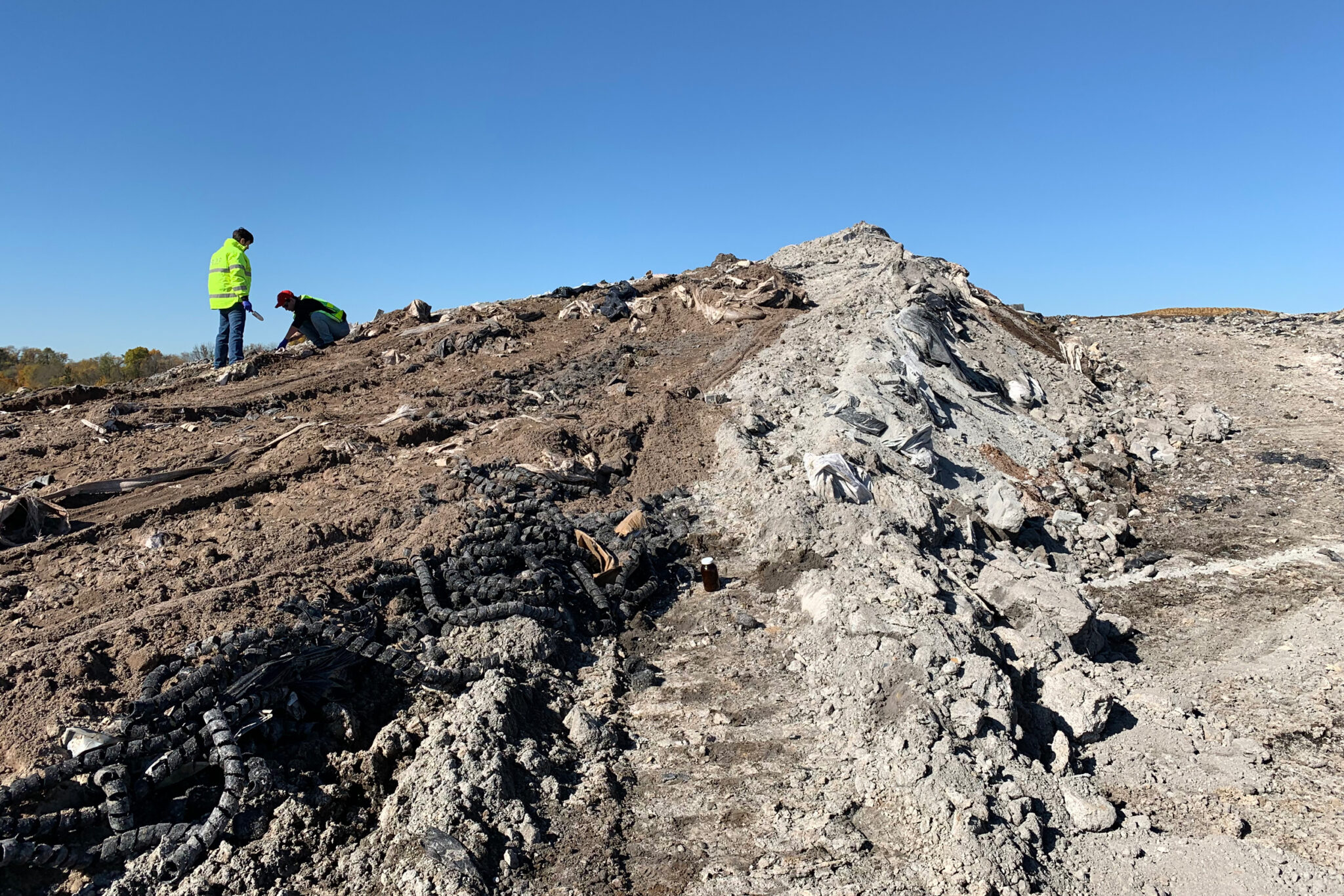
Toxic Shadows: Inside the Environmental Nightmare Consuming a Pennsylvania Town
2025-02-27 23:53:21
